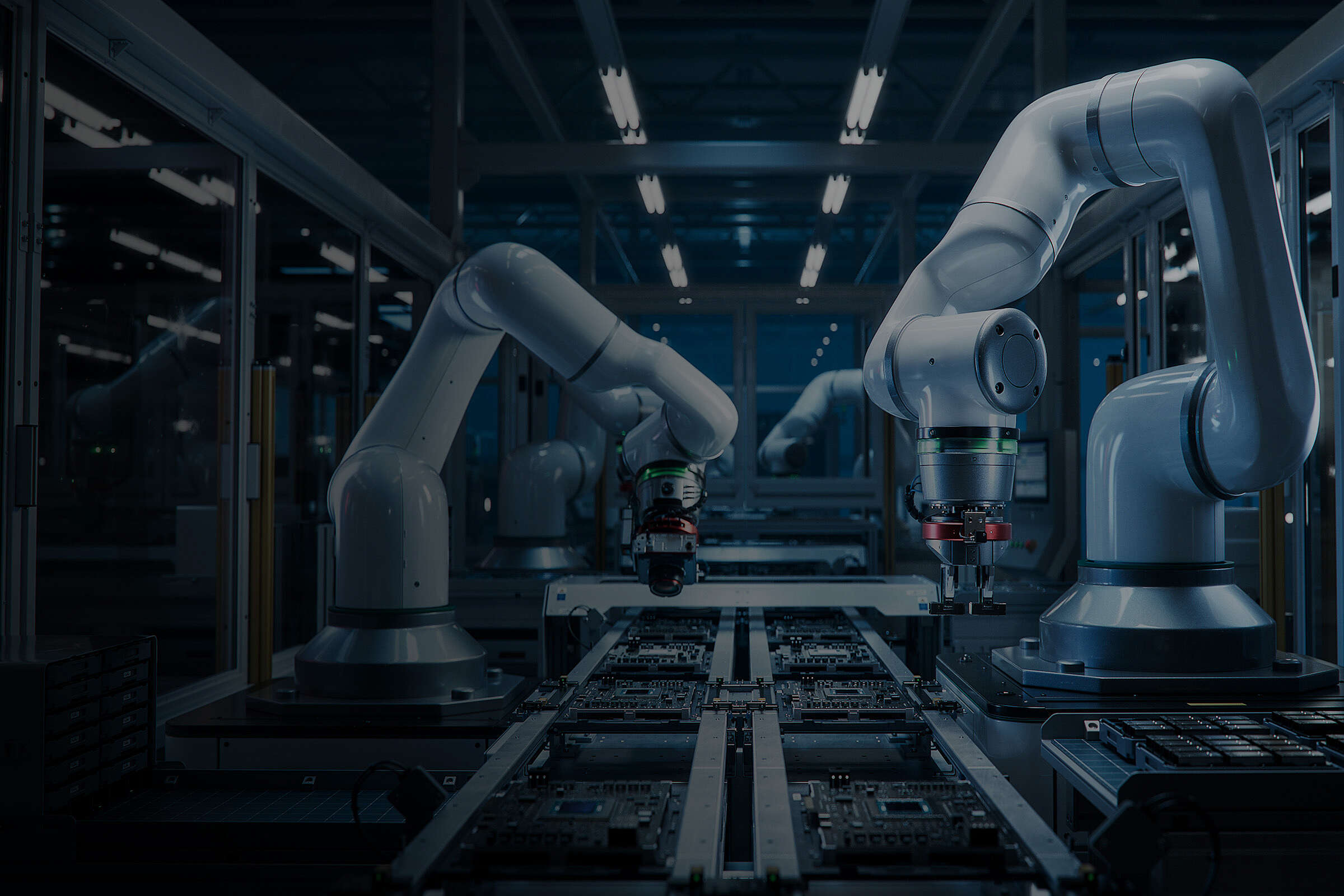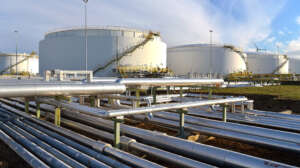We help manufacturers harness the power of data science, artificial intelligence and industrial IoT to transform operations, enhance decision-making and drive innovation.
Industrial artificial intelligence and data science are becoming essential for staying competitive. Investment in technologies like generative AI and machine learning are growing as companies recognize their potential to enhance operations, deliver sustainable results and achieve rapid ROI.
Some of the greatest challenges manufacturers face today, including high inflation, rising energy costs, cybersecurity threats, skilled labor shortages and the urgency to address sustainability and ESG policies can be addressed using industrial AI.
By using industrial internet of things (IIoT), machine learning, predictive analytics and generative AI to collect and analyze data from production systems, manufacturers can automate repetitive tasks, optimize resource and energy usage, empower workers and improve productivity.
We enable companies to capture these opportunities and move toward greater autonomy and resilience with industrial AI and data science.
Real Results
- Up to 20% improvement in production efficiency
- Up to 40% reduction in training time for new employees
- 20-30% increase in labor productivity
- 15-20% reduction in energy consumption
- 10-20% decrease in operational costs
- 10-15% improvement in product quality
- 15-30% reduction in unplanned downtime
- 5-10% savings in supply chain and inventory costs
- Up to 25% reduction in scrap and rework costs
Shaping the AI-Powered Factory of the Future
Case Studies
Data Science Focus Areas
Continuously optimize production process by reducing variability and enabling autonomous systems control with techniques such as model predictive control (MPC)
Reduce risk, improve decision-making and operational efficiency by simulating and optimizing equipment, systems and processes virtually
Improve quality assurance and control with intelligent vision systems and AI
Retain and disseminate organizational knowledge, streamline processes and accelerate innovation with large language models (LLMs) and other generative AI techniques
Maximize production efficiency through greater IT/OT connectivity, integration and use of data for real-time decision-making
Improve production logistics efficiency and safety by intelligently moving materials in manufacturing and warehousing with autonomous mobile robots and AI
Gain visibility into equipment health, prevent failures and improve reliability with IoT connectivity and AI
Improve sustainability by reducing emissions and optimizing the use of resources throughout the product lifecycle with real-time data and AI
Gain product lifecycle intelligence by applying machine learning and AI to data across enterprise systems like PLM, QRM, ERP and MES
Enable closed-loop product management, remote control, predictive maintenance and improved user experiences by connecting smart devices and analyzing their data
Empower people by augmenting existing capabilities and closing skill gaps with immersive technologies such as virtual reality (VR), augmented reality (AR), mixed reality (MR)
The Kalypso Difference for AI & Data Science
Our expertise in executing data strategy in manufacturing makes us a powerful partner for organizations seeking to apply industrial AI and data science.
As a Rockwell Automation business, we bring a 100 year heritage in industrial control systems, access to extensive repositories of asset and process control models and a market-leading production optimization and analytics software portfolio.
Our open platform architecture approach, supported by deep partnerships with leading IT and OT technology companies, allows for flexibility to select and apply the best solutions for specific industries or client needs to optimize processes, reduce downtime and enhance product quality.
This depth of experience in industrial automation accelerates time to value, while significantly reducing unknowns and operational risk.
Our Differentiated Approach
Security, safety and stability: Implementing AI in industrial environments demands careful attention to stability and security. With deep expertise in manufacturing and advanced control systems, we set stringent safety standards as the foundation of our approach.
Specialized tools and frameworks: Industrial AI relies on highly specialized datasets, generated through meticulously designed controlled experiments. Our proven tools and methodologies ensure these experiments are safely conducted, and the resulting data is conditioned for maximum effectiveness.
Uniquely positioned team: Industrial AI demands close collaboration between data scientists and engineers proficient in control theory and operations research. Teaming data scientists with industrial control engineers and consultants, we integrate AI into familiar products, processes and workflows to empower workers and increase the value of each working hour.
Technology Partners
Realize the potential of industrial AI, data science and IoT in your operations.
Thought Leaders



















